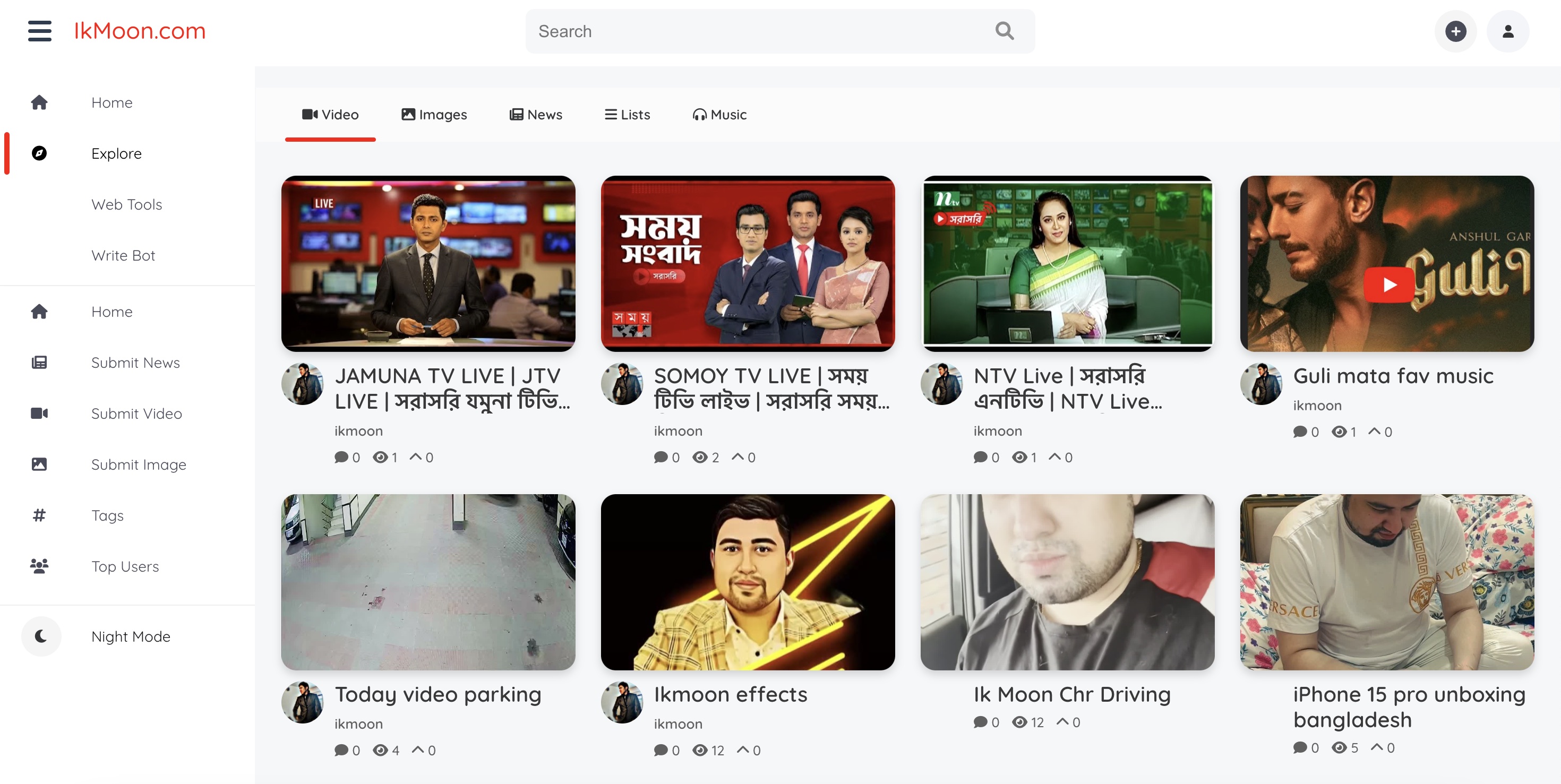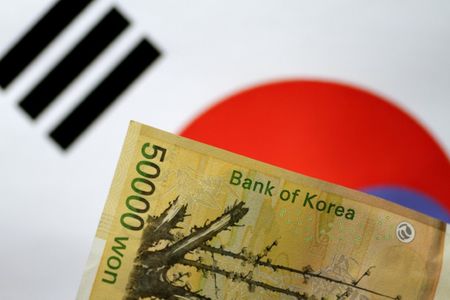Tokenization of Real-World Assets: Opportunities and Challenges
The post Tokenization of Real-World Assets: Opportunities and Challenges appeared on BitcoinEthereumNews.com. Tokenization is the process of turning real-world assets—such as real estate, art, or bonds—into tradable digital tokens on the blockchain. Experts project the tokenized asset market will explode to $16 trillion by 2030. Tokenization is perhaps the most interesting application of blockchain technology, with the potential to disrupt the way we own, transfer, and exchange real-world assets (RWAs). From property to art, stocks, and commodities, pretty much any asset can be tokenized on a blockchain. This transformation has the potential to free up liquidity, increase transparency, and eliminate inefficiencies. But as with any disruptor technology, tokenization has a set of practical, legal, and technical challenges to overcome. This article examines the enormous potential and the key issues of tokenizing real-world assets. What Is Tokenization? Tokenization is the practice of transforming ownership rights in a physical asset or a traditional asset into a digital token on a blockchain. The tokens subsequently can be purchased, sold, or exchanged with the same facility as cryptocurrencies. To illustrate, having a token that represents an ownership stake in a piece of property ensures you possess a verifiable stake in the real-world property. There are two primary types of tokens involved: Fungible tokens are interchangeable (like stocks or bonds). Non-fungible tokens (NFTs) are distinctive and are for exact assets (such as a single piece of art or parcel of real estate). The Appeal: Opportunities in Tokenizing RWAs 1. Enhanced Liquidity Arguably the most important advantage of tokenizing real-world assets is increased liquidity. Traditional illiquid markets, like commercial property or artworks, can be made more liquid when ownership is fragmented and traded on digital platforms. 2. Fractional Ownership Tokenization allows assets to be divided into smaller amounts. This allows retail investors to invest in high-value assets previously only accessible to institutional investors or ultra-high-net-worth investors. 3. 24/7…

The post Tokenization of Real-World Assets: Opportunities and Challenges appeared on BitcoinEthereumNews.com.
Tokenization is the process of turning real-world assets—such as real estate, art, or bonds—into tradable digital tokens on the blockchain. Experts project the tokenized asset market will explode to $16 trillion by 2030. Tokenization is perhaps the most interesting application of blockchain technology, with the potential to disrupt the way we own, transfer, and exchange real-world assets (RWAs). From property to art, stocks, and commodities, pretty much any asset can be tokenized on a blockchain. This transformation has the potential to free up liquidity, increase transparency, and eliminate inefficiencies. But as with any disruptor technology, tokenization has a set of practical, legal, and technical challenges to overcome. This article examines the enormous potential and the key issues of tokenizing real-world assets. What Is Tokenization? Tokenization is the practice of transforming ownership rights in a physical asset or a traditional asset into a digital token on a blockchain. The tokens subsequently can be purchased, sold, or exchanged with the same facility as cryptocurrencies. To illustrate, having a token that represents an ownership stake in a piece of property ensures you possess a verifiable stake in the real-world property. There are two primary types of tokens involved: Fungible tokens are interchangeable (like stocks or bonds). Non-fungible tokens (NFTs) are distinctive and are for exact assets (such as a single piece of art or parcel of real estate). The Appeal: Opportunities in Tokenizing RWAs 1. Enhanced Liquidity Arguably the most important advantage of tokenizing real-world assets is increased liquidity. Traditional illiquid markets, like commercial property or artworks, can be made more liquid when ownership is fragmented and traded on digital platforms. 2. Fractional Ownership Tokenization allows assets to be divided into smaller amounts. This allows retail investors to invest in high-value assets previously only accessible to institutional investors or ultra-high-net-worth investors. 3. 24/7…
What's Your Reaction?







































